How to deal with cotton baling film after use
2025-04-28
The treatment methods of cotton baling film after use mainly focus on environmental protection, recycling and safe disposal. The following is a detailed introduction:
1. Recycling
Clean classification: Collect the used cotton baling film and remove impurities such as cotton fibers and soil attached to it. According to the material, color, thickness, etc. of the film, different types of films may have different recycling and treatment methods. Classification helps to improve recycling efficiency and quality.
Compression and packaging: Compress the clean and classified film to reduce its occupied space and facilitate transportation and subsequent processing. Professional compression equipment can be used to compress the film into blocks or bundles.
Recycling processing: Transport the compressed film to a professional plastic recycling processing plant. In the factory, after a series of processes such as crushing, cleaning, melting, and granulation, the film is converted into plastic particles, which can be reused as raw materials to produce new plastic products, such as garbage bags, plastic pipes, etc.
2. Energy recovery
If material recycling is not possible, energy recovery can be considered. The used cotton baling film is sent to a waste incineration power plant with environmental protection qualifications, where heat is generated through incineration for power generation. However, strict control must be exercised during the incineration process to avoid the production of harmful substances and ensure compliance with environmental protection standards.
3. Safe landfill
If the film is severely polluted and cannot be recycled, safe landfill can be used. However, this method will occupy land resources, and the plastic degradation time is long, which may cause potential pollution to the soil and groundwater. Therefore, it is necessary to choose a landfill that meets environmental protection requirements and take corresponding anti-seepage measures to reduce the impact on the environment.
4. Composting
Some biodegradable cotton baling films can be composted after use. Mix it with other organic waste, and under suitable temperature, humidity and microbial conditions, it will be fermented and decomposed for a period of time, and converted into organic fertilizer to achieve resource recycling.
1. Recycling
Clean classification: Collect the used cotton baling film and remove impurities such as cotton fibers and soil attached to it. According to the material, color, thickness, etc. of the film, different types of films may have different recycling and treatment methods. Classification helps to improve recycling efficiency and quality.
Compression and packaging: Compress the clean and classified film to reduce its occupied space and facilitate transportation and subsequent processing. Professional compression equipment can be used to compress the film into blocks or bundles.
Recycling processing: Transport the compressed film to a professional plastic recycling processing plant. In the factory, after a series of processes such as crushing, cleaning, melting, and granulation, the film is converted into plastic particles, which can be reused as raw materials to produce new plastic products, such as garbage bags, plastic pipes, etc.
2. Energy recovery
If material recycling is not possible, energy recovery can be considered. The used cotton baling film is sent to a waste incineration power plant with environmental protection qualifications, where heat is generated through incineration for power generation. However, strict control must be exercised during the incineration process to avoid the production of harmful substances and ensure compliance with environmental protection standards.
3. Safe landfill
If the film is severely polluted and cannot be recycled, safe landfill can be used. However, this method will occupy land resources, and the plastic degradation time is long, which may cause potential pollution to the soil and groundwater. Therefore, it is necessary to choose a landfill that meets environmental protection requirements and take corresponding anti-seepage measures to reduce the impact on the environment.
4. Composting
Some biodegradable cotton baling films can be composted after use. Mix it with other organic waste, and under suitable temperature, humidity and microbial conditions, it will be fermented and decomposed for a period of time, and converted into organic fertilizer to achieve resource recycling.
You Might Also Like
-
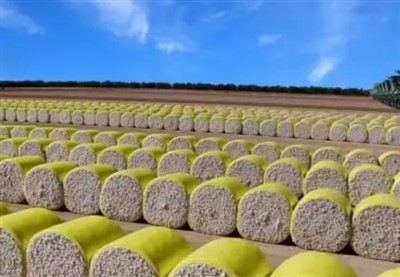
what are the advantages of cotton packaging film
-

How does pe protective film cope with high temperature environment
-
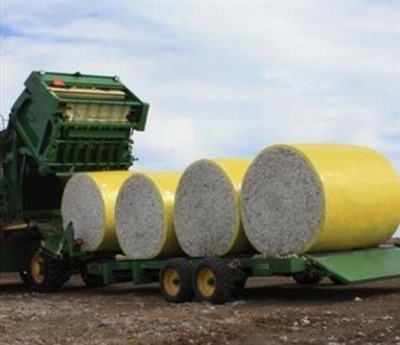
The Advantages of Cotton Wrap Film
-
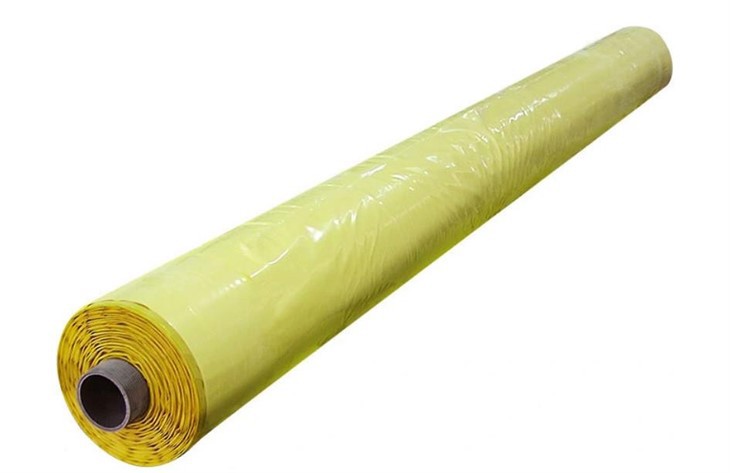
Advantages of Cotton Bale Wrap Film
-
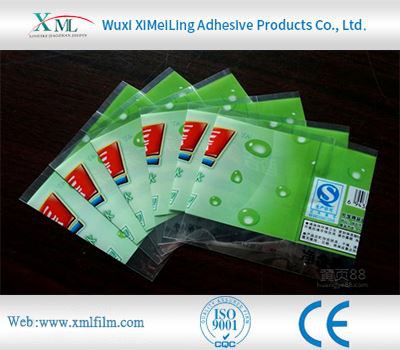
How Polyethylene Packaging Material Copes with High Temperature Environment
-
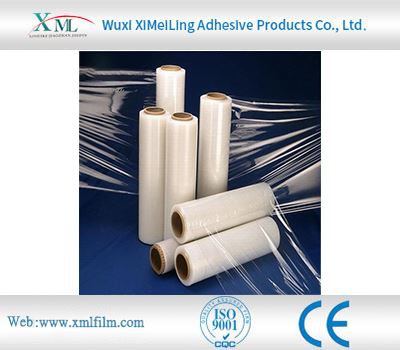
How to Remove Protective Transparent Plastic Film Without Damaging the Surface
